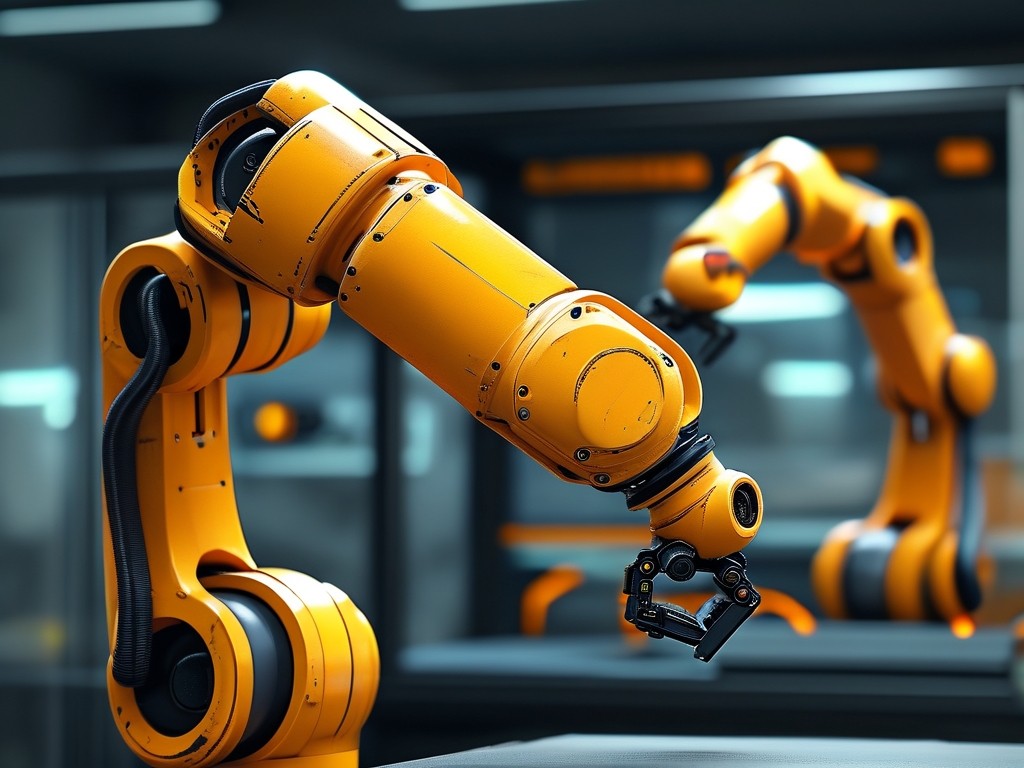The rapid evolution of robotics has ushered in an era where multi-robot systems are increasingly deployed in complex environments, from industrial warehouses to disaster response scenarios. Central to their effectiveness is collaborative robot localization technology, which enables robots to share positional data and refine their understanding of shared environments. This article explores the principles, challenges, and applications of this transformative technology, highlighting its role in advancing autonomous systems.

1. The Fundamentals of Collaborative Localization
Collaborative localization refers to the process by which multiple robots exchange sensory and positional information to improve individual and collective positioning accuracy. Unlike standalone localization—where a robot relies solely on its own sensors (e.g., LiDAR, cameras, or inertial measurement units)—collaborative systems leverage shared data to compensate for sensor limitations or environmental ambiguities.
Key techniques include:
- Sensor Fusion: Integrating data from heterogeneous sensors across robots to create a unified environmental map.
- Relative Positioning: Using inter-robot distance measurements (via ultra-wideband or Bluetooth) to triangulate positions.
- Distributed Algorithms: Implementing decentralized frameworks like consensus-based filters or graph-based optimization to reduce computational overhead.
2. Applications Across Industries
a. Warehouse Automation
In logistics centers, fleets of autonomous mobile robots (AMRs) rely on collaborative localization to navigate dynamically changing aisles. By sharing real-time updates about obstacles or inventory movements, robots optimize path planning and avoid collisions, boosting operational efficiency by up to 40%.
b. Search and Rescue Operations
During disasters, drone swarms equipped with collaborative localization can map collapsed structures while compensating for GPS-denied conditions. For example, a team of drones might use visual-inertial odometry and peer-to-peer ranging to maintain accurate positioning indoors, enabling precise victim identification.
c. Agricultural Robotics
In precision farming, autonomous tractors and harvesters use collaborative systems to coordinate planting patterns. By cross-referencing GPS data with neighbor-reported positions, these machines minimize overlaps and gaps in crop rows, reducing resource waste.
3. Technical Challenges and Solutions
a. Communication Latency
Delays in data transmission between robots can degrade localization accuracy. Solutions include:
- Edge Computing: Processing data locally on robots to reduce reliance on central servers.
- Predictive Algorithms: Forecasting positional changes during communication gaps using motion models.
b. Scalability Issues
As the number of robots increases, maintaining low-latency communication becomes challenging. Researchers are exploring hierarchical architectures, where "leader" robots aggregate data from subgroups to minimize network congestion.
c. Environmental Variability
Dynamic environments (e.g., shifting obstacles or lighting changes) disrupt sensor reliability. Adaptive algorithms, such as reinforcement learning-based sensor weighting, allow robots to prioritize the most trustworthy data sources in real time.
4. Emerging Trends
a. Integration with 5G/6G Networks
Ultra-reliable low-latency communication (URLLC) in 5G networks enables near-instantaneous data sharing, enhancing collaborative localization in high-speed scenarios like autonomous vehicle platooning.
b. Swarm Intelligence
Inspired by biological systems (e.g., bird flocks), decentralized decision-making models allow robots to self-organize based on localized interactions, reducing dependency on centralized control.
c. Quantum-Inspired Optimization
Quantum annealing algorithms are being tested to solve large-scale optimization problems in multi-robot localization, offering exponential speedups for tasks like simultaneous localization and mapping (SLAM).
5. Ethical and Security Considerations
Collaborative systems raise concerns about data privacy and vulnerability to cyberattacks. Techniques like federated learning—where robots share model updates instead of raw data—and blockchain-based authentication protocols are gaining traction to address these risks.
Collaborative robot localization technology represents a paradigm shift in how autonomous systems perceive and interact with their surroundings. By harnessing the power of collective intelligence, these systems achieve levels of precision and adaptability unattainable by isolated robots. As advancements in AI, networking, and quantum computing converge, the next decade will likely witness unprecedented breakthroughs, cementing collaborative localization as a cornerstone of intelligent robotics.
Word Count: 1,023


